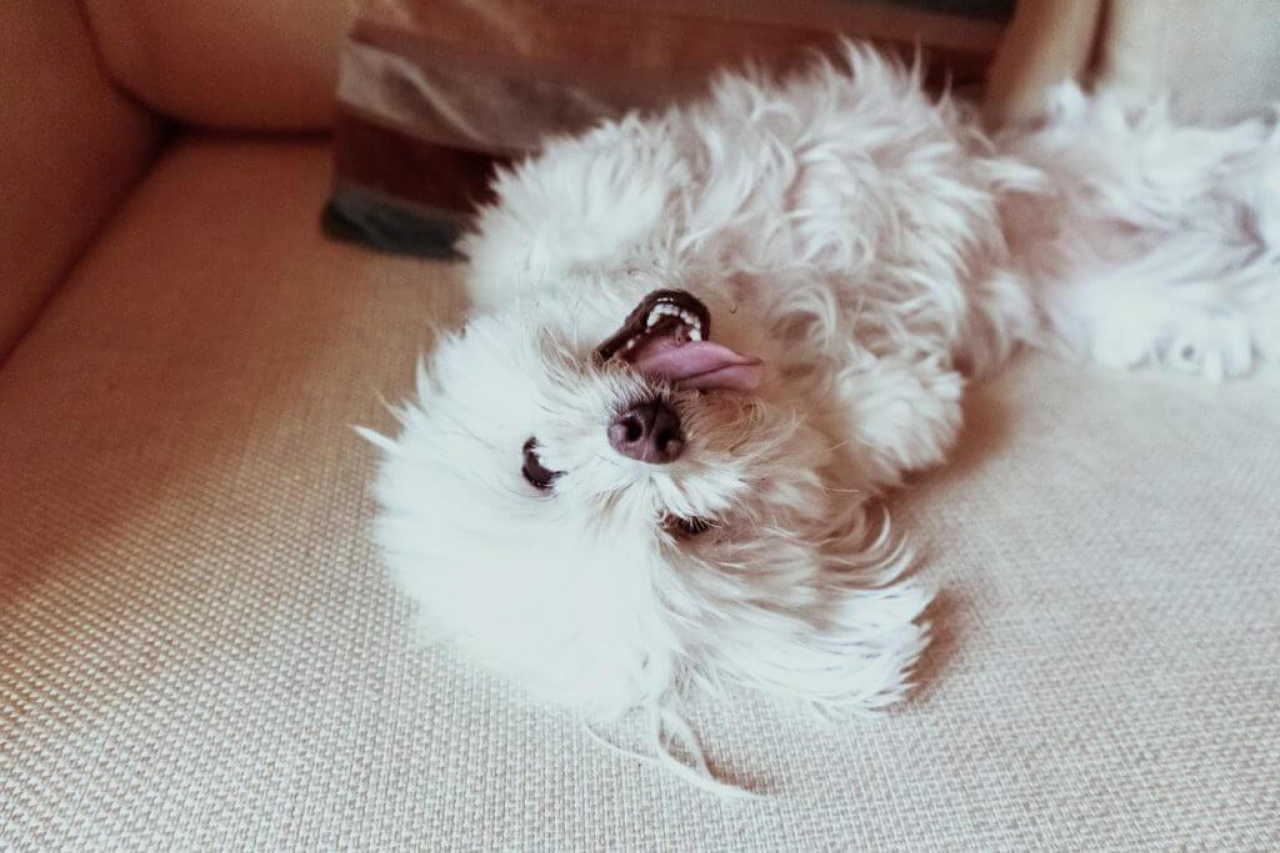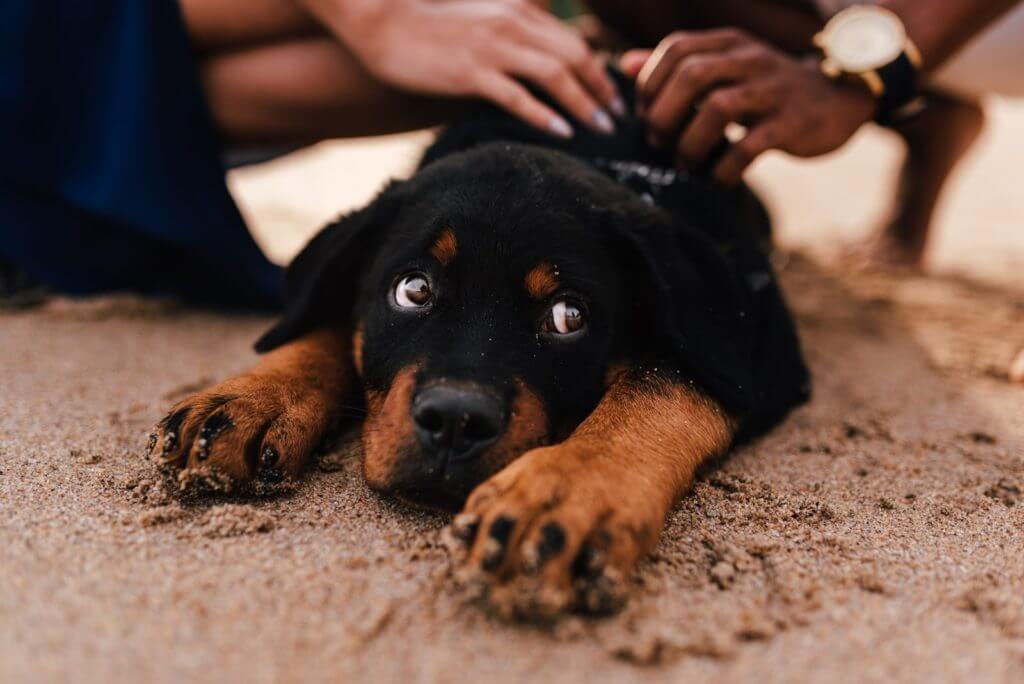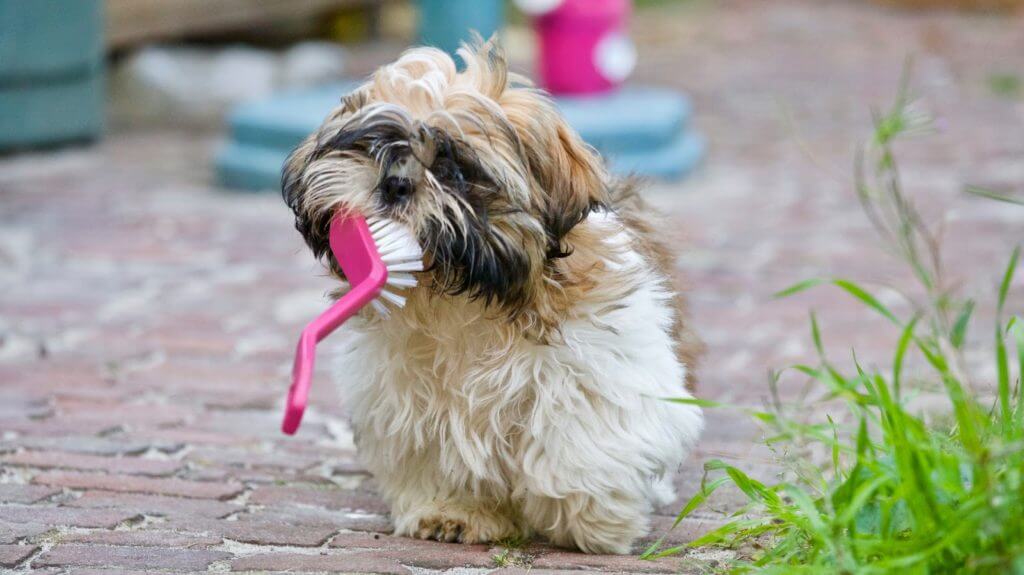
When Do Puppies Lose Their Teeth? Puppy Teething Explained
Have you recently welcomed a new puppy into your home, or do you plan to include a furry addition in your family? Congratulations. You're in for a wild ride, but raising a puppy is a very rewarding experience.
There's a lot to think about in this early stage of your dog's life, and you can't always know what to expect. But when it comes to your puppy's teething, things are usually pretty straightforward.
But do puppies have baby teeth and adult teeth like humans do? When do puppies start to lose their teeth, and what should you know about their teething process?
A puppy's baby teeth start coming in between 2 and 4 weeks of age and are completely grown in by 5 or 6 weeks. Your puppy starts to lose those baby teeth around 12 to 16 weeks of age as the permanent teeth grow in and replace them. By the time your dog is about 6 months old, he or she should have all 48 adult teeth.
Let's take a closer look at the teething process, so you'll know exactly what to expect. This way, you'll take every stage of your puppy's teething in stride.
Puppy Teething Timeline
When you understand the timeline of your puppy's teething, you won't be taken by surprise. Remember, every dog is different, and it's not an exact science. But one thing remains consistent across almost every dog: They have 28 baby teeth that eventually get replaced by 42 adult teeth. Which means the time it takes for puppies to stop teething can vary.
Newborns
Newborn puppies don't have any teeth, just like human babies. For the first few weeks of life, a newborn puppy suckles milk from the mother or is fed by a bottle or a syringe.
2-4 Weeks of Age
Between 2-4 weeks of age, your fur child’s baby teeth (also known as milk teeth or medically as deciduous teeth) will start to poke through their gums. The incisors (the front teeth used for cutting) are usually the first teeth to appear, followed by the canine teeth (the longer, fang-like teeth near the front of the mouth) and premolars. Your dog will still be nursing at this stage. Ideally, your pup will still be with his or her mother, although that isn't always possible. In any case, a puppy this young should still be closely supervised and fed by a bottle or syringe if the mother isn't available.
5-6 Weeks of Age
At 5-6 weeks of age, all your puppy's 28 baby teeth will be in, although it can take longer for some dogs. During this stage, the puppy should start to be weaned off the mother's milk. Now that he or she has a full set of baby teeth, they'll start eating soft puppy food.
12-16 Weeks of Age
At this stage, the baby teeth start to give way to adult teeth. The permanent teeth start appearing as soon as the baby teeth start to fall out. Typically, the canines are the last to fall out, but this happens around six months of age.
6 Months of Age and Older
By this time, all your puppy's baby teeth should have fallen out and been replaced by the adult teeth. The adult teeth appear in the same order as the baby teeth — the incisors first, then the canine teeth, then the premolars, then the molars at the back of the mouth. (The molars only come in with your dog's permanent teeth — they don’t come with the baby teeth.) Again, your adult dog should have 42 teeth in total. If you see any baby teeth remaining at this stage, it's important to let your veterinarian know. That pesky baby tooth might need to be removed before it causes trouble in the mouth.
Caring for Your Teething Puppy

The teething process is very natural and generally happens without you or your fur baby stepping in. As long as you let your veterinarian know if your puppy seems in pain or if you see something amiss in the mouth, your pup should get through this stage just fine. With that being said, there are a few things you can do to ease the process when your dog's adult teeth come in. Make sure to:
Provide Appropriate Chew Toys
This lets your dog teethe on safe toys to relieve some of the discomfort associated with teething. Choose toys that are relatively soft and flexible, because toys that are too hard could hurt your pup's growing teeth.
Get Your Dog Used to Having Their Teeth Brushed
Around the 12- to 16-week mark, start touching your puppy's teeth and gums with your finger to get the dog used to having the mouth handled. (Use caution, because a nipping puppy can hurt you with the remaining baby teeth.) This process makes things a lot easier when you start to brush your dog's teeth.
Monitor the Mouth Closely
Keep a close eye on your puppy's teeth, and let your vet know if you see something that doesn't look right. If you see an adult tooth coming in at the same spot as a baby tooth but not pushing the baby tooth out, tell your veterinarian. This could lead to overcrowding in the mouth and even affect your dog's bite and chewing ability.
Never Try to Pull a Loose Baby Tooth Out Yourself
Even if you want to relieve your dog’s pain or speed the process, don’t intervene. The teeth have long roots leading into the gums, and you could break those roots, causing bleeding and potential infection. Let the process happen naturally, and talk to your vet if you have concerns.
Caring for Your Adult Dog's Teeth

Once your dog is older than six months, you can begin a dental care routine to keep their pearly whites in great shape. Regular tooth brushing will help their teeth avoid plaque and tartar build-up, and it can prevent periodontal disease and other serious oral health problems. You can brush your dog's teeth every day if time permits, or every few days if that's easier.
First, pick up a pet toothbrush and pet toothpaste. A toothpaste made for humans is unsafe for Fido, because it may be made with xylitol and lead to vomiting, diarrhea, and other serious problems if your dog swallows too much.
Allow your dog to get used to the taste and smell of the paste, and then dab a bit on your brush. Gently hold back your dog's lip with one hand, and brush only a few teeth. Work your way around the entire mouth in stages, offering your dog treats as you go to keep them interested.
You can also give your dog dental treats or dental chews designed to help your dog work away plaque and tartar on the tooth surfaces while chewing on them. However, these shouldn't replace regular brushing.
When Do Puppies Lose Their Teeth, and What Should Be Done About It?
A puppy's baby teeth start coming in between 2 and 4 weeks of age. They are completely grown in by 5 or 6 weeks. Your dog starts to lose its baby teeth around 12 to 16 weeks as the permanent teeth grow in and replace them. By the time your pup is about 6 months old, they should have all 48 adult teeth.
Provide plenty of chew toys during the teething process, keep an eye on their mouth, and let your vet know if anything seems off. There's not much else for a dog parent to do — your fur child mostly works through the teething process on their own. Once your dog is older, keep up with regular brushing and veterinary checkups to make sure Fido's dental health stays in tip-top shape.




























